The Article
R-N602 From Yamaha: On The Receiving End
19th October 2016
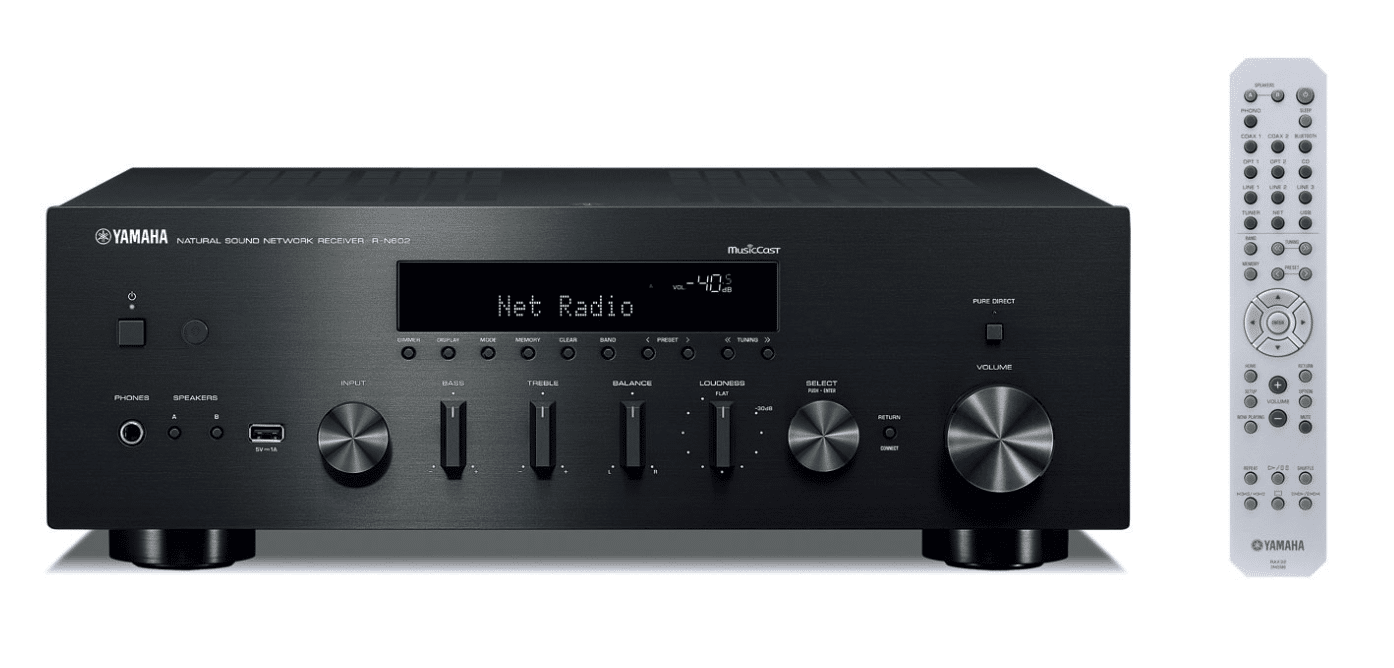
Sporting a retro amplifier design but packing in numerous digital and networking facilities, Paul Rigby reviews Yamaha’s budget receiver, the R-N602
It’s big, it’s meaty, it’s got buttons and switches and knobs and it’s shiny (silver) or its so dark that light falls into it (black, what else?) and you could put caterpillar tracks underneath it and invade a small neighbouring country without a shot being fired because the populous would run away from it, hands in the air, screaming hysterically. This is Yamaha going back to its 70s roots. You don’t look horizontally at the R-N602, you walk up to it, pause, then you lift your head slowly and see if you can make out the summit…somewhere in the clouds.
You also don’t turn on a 115W R-N602 via the on/off button, you send it a letter of introduction and then wait for permission.
While doing so, you can note that the R-N602 is designed to be used as part of Yamaha’s MusicCast network audio system that allows you to use all your MusicCast products together or separately, controlled from one app which, of course, also means popular streaming services (where applicable in supporting countries) such as vTuner internet radio, Pandora, Rhapsody, Spotify, SiriusXM, Napster and Juke. On the networking subject, the ‘Yammie’ also supports AirPlay, DLNA plus Digital Blocking (an iPod’s direct signal is sought feeding the Yamaha’s own DAC). An ECO mode reduces power by 20%, you have access to Bluetooth, Wi-Fi plus a Pure Direct button to bypass the majority of the amp’s electronics to enhance sound quality.
In terms of files support, the Yamaha supports 5.6MHz DSD and AIFF 24bit/192kHz, WAV/FLAC 24bit/192kHz plus the usual suspects via a Burr Brown DAC. There’s also a FM/AM tuner, speaker terminals for two systems and, oh yes, the ability to plug a turntable directly into the box because you get a phono amp, built-in. More about that later. Other sockets around the back, apart from plentiful source RCA-based connectors, include two opticals, two coaxial, a wireless port for a screw-in aerial plus the ability to connect Ethernet and a subwoofer.
IN USE
It’s bulky, retro and clunky. In fact, the hefty and expansive Yamaha glories in its retro clunkiness. It comes at you, arms open with that certain ‘look at me!’ exclamation as it displays hulking great knobs that control those old classic controls: treble, bass, balance and, don’t forget that old favourite, ‘loudness’, sitting next to more modern additions such as the USB source socket. Some might question the inclusion of such controls and I would agree that the treble/bass/balance/loudness quartet are worse than useless. That said, the Pure Direct removes any criticism because it allows the sound signal to skip right past them. Hence, their inclusion could be seen as ‘a bit of fun’. In these design terms and for this price…sure. Why not? The target audience, many of which will be maturing beginners with hi-fi experience that relates to their parents old system, may even see the inclusion of such controls as a comforting familiarity.
SOUND QUALITY
I began by spinning Buffalo Springfield’s For what It’s Worth (1966) on the Leema Elements CD Player. Three things hit me immediately. Firstly, the bass was very strong and punchy. Yamaha likes its lower frequencies and the performance here maintains the house sound which means that this track offered excellent bass force and foundation. The song was driven throughout with a strong rhythmic drive that gave the track an enhanced sense of pace.
There was a lack of engagement, though. By that, I means that the soundstage did sound a little stark. It was almost as if the guys played in a studio that was, by day, an operating theatre. There was a slight lack of soul and musicality in the R-N602s presentation so that the drums never really connected with the guitars or the emotional vocals. Then I noticed that the Pure Direct button had not been engaged. Turning this feature on bypassed much of the amp to provide a more direct sonic pathway. This improved the sound quality immeasurably, giving the vocals a more, well, human quality with delicate textures from the vocal chords more in evident while the guitars offered greater grit and involvement. Despite the good news, though, a certain analytical edge remained but the effect was greatly reduced in Pure Direct mode.
The sense of clarity from the upper midrange and treble enhanced the tonality of the music while there was tremendous instrumental separation around the soundstage so the band sounded relaxed and at ease with their playing. There was never any sense of tension. The air and space exhibited also gave the frequencies time to decay properly which enhanced the performance of these organic instruments, increasing detail.
These days, I only tend to handle MP3 files with rubber gloves and a pair of forceps but playing Kylie Minogue’s All the Lovers from her Abbey Road Sessions album in this execrable sound format sounded half decent via my Apple iPhone 6S over Bluetooth. There was plenty of room to be had while midrange and bass existed in an admirably balanced manner. Strings were thin and nasty, yes while Minogue’s vocals made her sound like she had a pinched face (I imagined her as the green-faced witch in the film, The Wizard of Oz, MP3s made Kylie sound just like that) but, even given the lack of musical data, the Yamaha performed tremendously to give you the best performance it could. As if the amp was exclaiming, “Look, guv, I haven’t got much to work with here…but this is the best I could do.” I’ve heard a lot worse, even via equipment price higher than this receiver.
Using a USB stick, I played the DSD version of the Allegro for Bach’s Concerto for Harpsichord, Flute and Violin via the front loading USB port and was pleased to hear the relatively spacious digital performance of the R-N602 continue here. Strings and the wind section did sound a little thin and slightly forced, though, even at this high resolution. The performance basically allied itself to the earlier CD tests, in this respect. That said, there was much to admire with the informative nature of the track giving this textured and detail arrangement time to manoeuvre while allowing complex instruments such as the harpsichord a chance to express itself.
Up until now, we had a reasonable digital power house that looked great on paper but offered no more than a ‘credible’ performance in reality.
Then something wonderful happened.
I wanted to test the internal phono amp of the Yamaha. At this price, it is more likely that users will be utilising the internal module and not spending out for an external phono amplifier. Pushing an analogue signal through this unit was fascinating because the results were surprisingly good. The slightly sparse nature of the presentation combined with the epic quality of the phono amp and the warmth of the basic vinyl signal to provide a big, bold, open and grand musical return. Trumpets sounded clear and brassy without a hint of stridency or brightness, saxophones were reedy and emotive, vocals offered a precision and enhanced diction and bass was firm, fast and informative. This heady mixture was quite a sonic revelation for the price!
CONCLUSION
The Yamaha R-N602 offers plenty of value for the money and a wide array of features with an appealing retro design. Despite the slightly constricted digital response in CD and general digital file terms, I was blown away by the analogue play and can whole heartily recommend this amplifier if you are looking for an amplifier to act as the heart to your vinyl hi-fi system.
In fact, I would go further than that and advise you not to look at this box as a multimedia receiver at all. Me? I would not buy it for its digital features. I would turn the feature list on its head. I would see this product as the amp section of a new vinyl system with plenty of bonus digital features added on because even if you saw the Yamaha as nothing else but a vinyl-based amplifier, it would still be good value. Anyone looking to set up a budget vinyl system really needs to place this box on their demo list and pronto.
YAMAHA R-N602 RECEIVER
Price: £339
Web: uk.yamaha.com/en
Tel: 01908 366700
For more specifications, click HERE
GOOD: Pure Direct mode engaged, open and natural phono output, feature count, Bluetooth, price
BAD: Pure Direct Mode disengaged, digital playback
RATING: 7
REFERENCE SYSTEM
Rega RP3 turntable
Leema Elements CD Player
Rega Brio-R amplifier
Spender S3/5R2 speakers
Chord Shawline cables

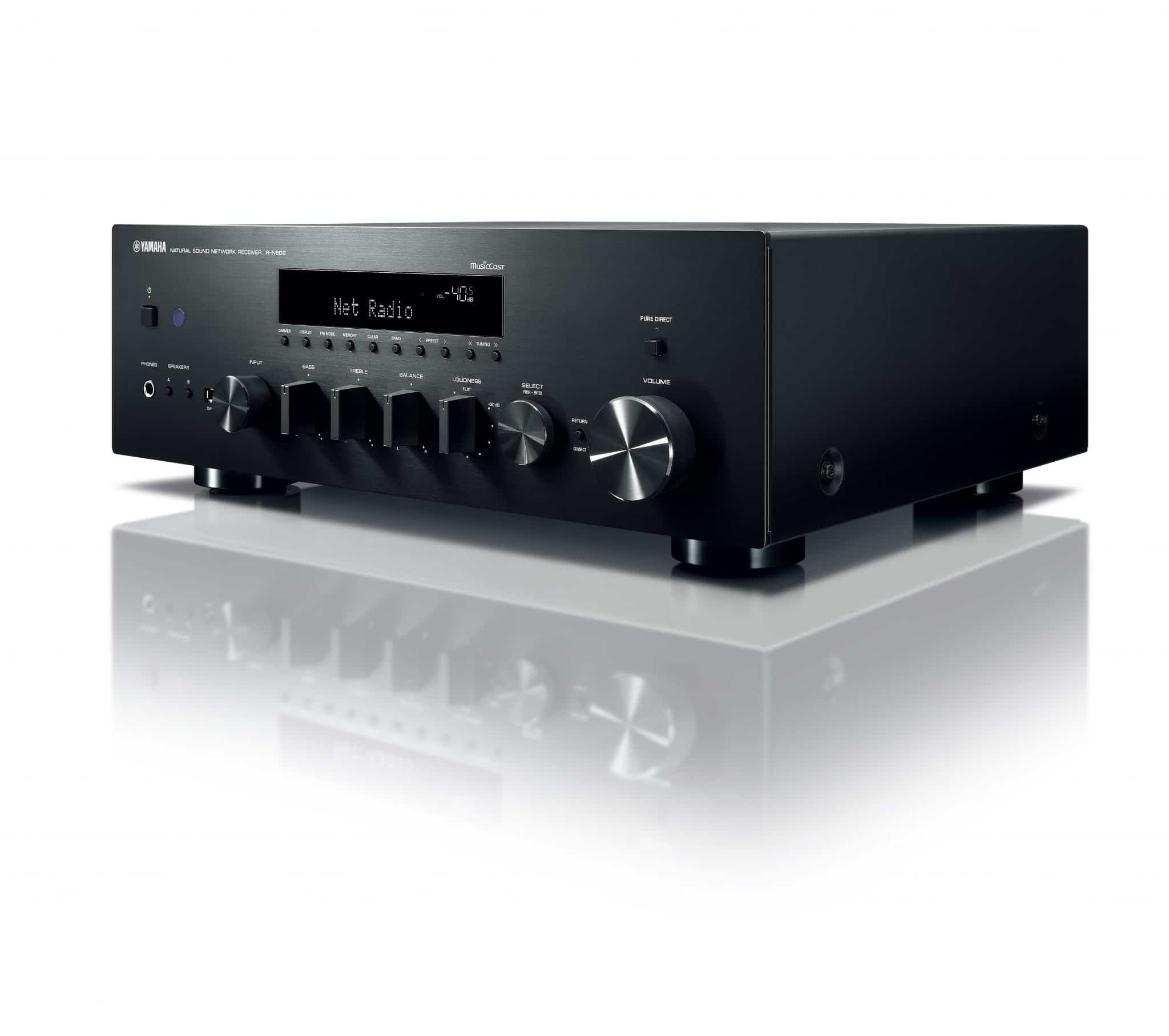
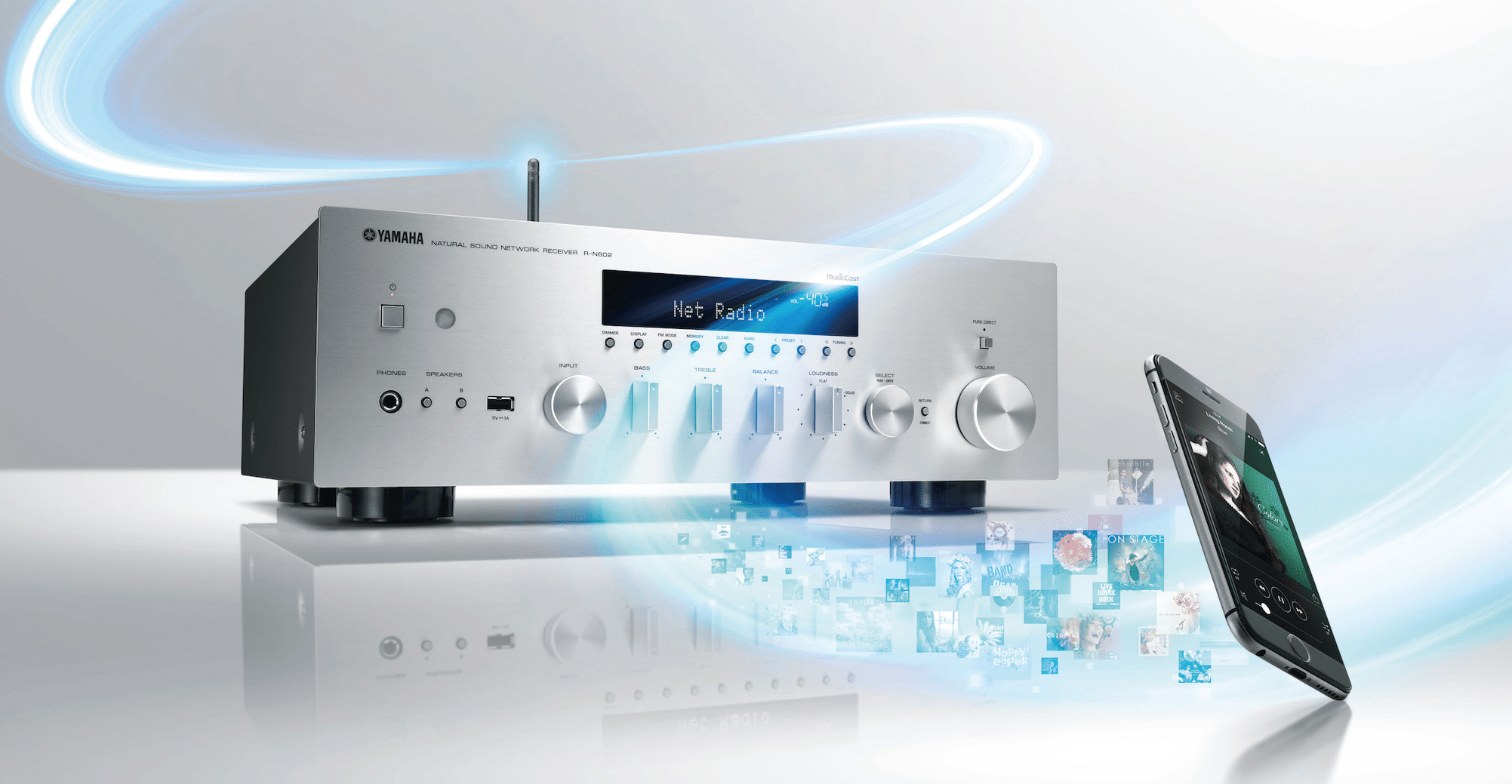
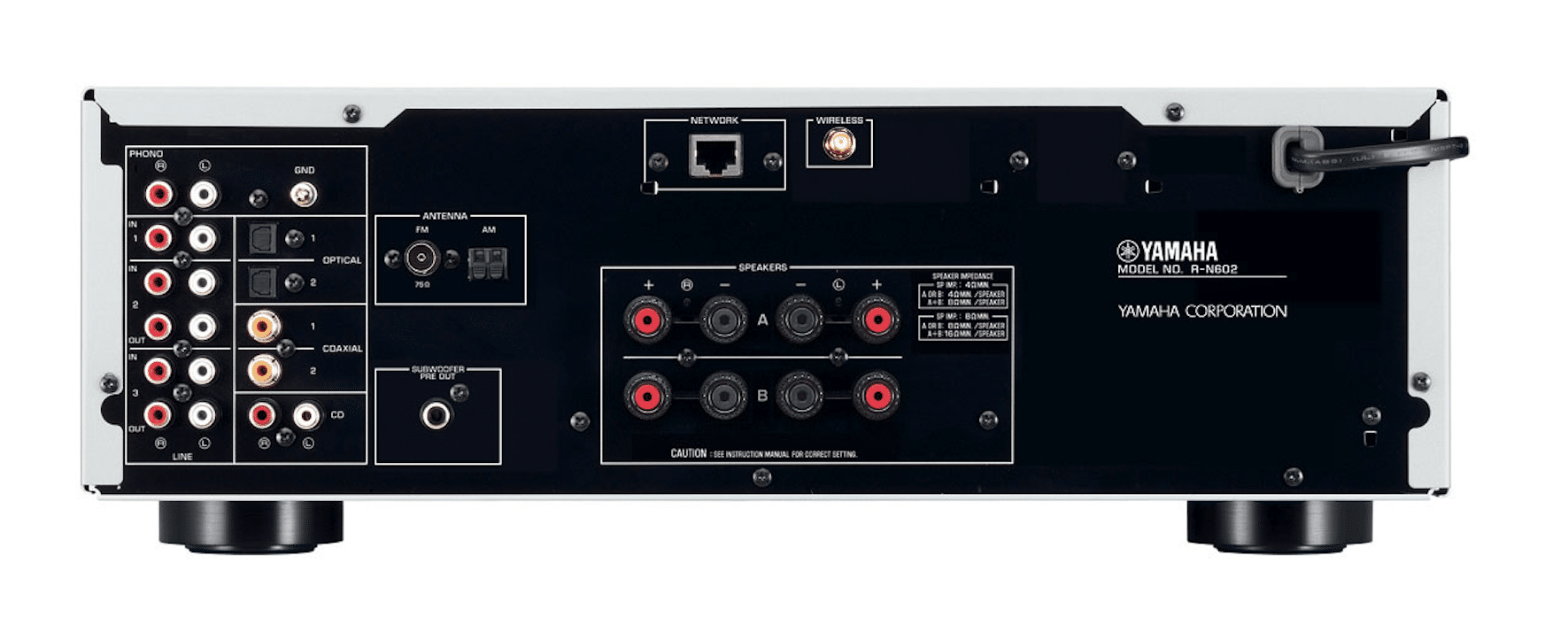
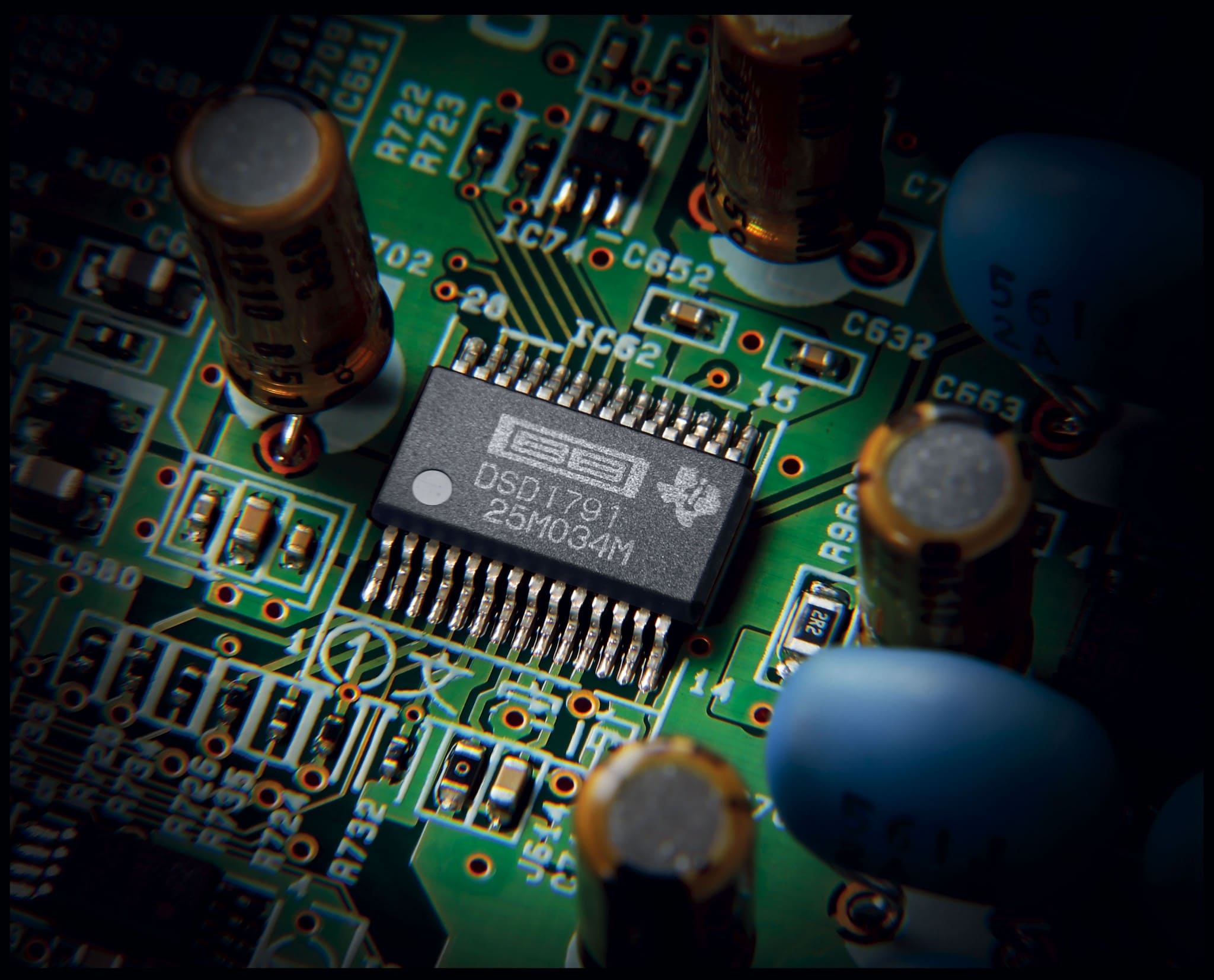
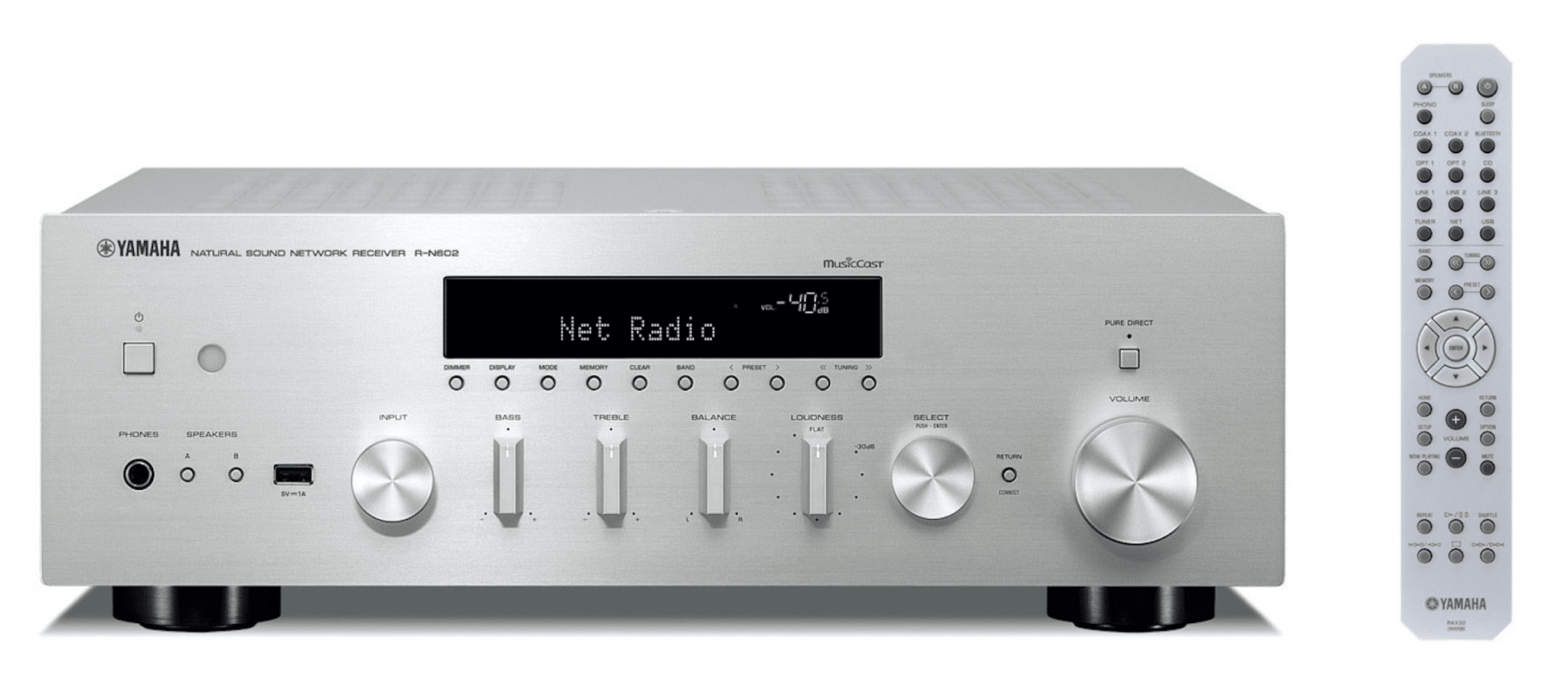


Hi Paul, I have the rn602 and would like to run my new Technics 1210 Mk7 through it for general listening, but am unsure what level of cartridge I should use. I was thinking of either an AT VM95ML or an Ortofon 2m blue. Both sell for around $400 here in New Zealand. I could go up a level to say an Ortofon 2m bronze, but I’m wondering if that would that be too much cart for the combination of player and amp I have? Many thanks, Gary
Hi Gary – either would be a fine choice. I would also look at enhancing the turntable itself, which will also provide a sonic boost. Check out this link for future thought: https://www.originlive.com/shop/the-ultimate-technics-sl1200-1210-dj-deck.html as well as this: http://www.soundhifi.com/sl1200/Technics SL-1200.htm
Both companies are happy to chat and discuss your future needs. If you love your Technics, these enhancements are well worth the attention.
hello is Rn 602 suitable for ns 777 Yamaha?
Hi Ebi – yes, I wouldn’t expect any issues there in terms of technical compatibility.
i think the Rn602 is weak for Ns777, already i have them but i think Rn602 is weak for these speaker. don’t you think?
That’s a different question, Ebi. Are you attracted to the Yamaha products or looking for general advice?
No i have these set:
Yamaha rn602
Ns 777 speaker
Sw315
But i just want to know that is it suitable amp for ns 777 or not if its not good enough which amp do you suggest for 777? Thank you
Hi Ebi – technically it’s fine, in terms of sound quality? That depends. How much is your budget? What are your musical choices? What source do you use?
Hi Paul! I currently have an Harman/Kardon HK675 amplifier and Klipsch RB-51 loudspeakers. I’m only using Spotify on my iPhone 11 Pro Max through Airplay Express connected to my amp. I’m considering upgrading the amplifier to either the Yamaha R-N602 or the WXA-50, so that I can get rid of the Airport Express and use an optical connection for sound on my TV. Which of those two amplifiers do you recommend?
Also, what would would be the best choice when using the R-N602/WXA-50: Playing via Bluetooth, Airplay or Musiccast? Or other options?
Also, would the R-N602 be a good choice for the new Klipsch RP5000F floorstanding speakers?
If you’re only using a phone, Michael then the WXA-50 should suffice and would also provide a small footprint for you.
Thanks, I will try it out this weekend. I will also try a Bluesound Powernode 2i this weekend, the local hi-fi shop said I could borrow a unit they use for demo for free. That’s unusual good service. It’s more expensive, and if it’s not significantly better I will probably choose the Yamaha.
What do you think about R-N602 and RP5000F combo?
I haven’t heard the Klipsch, I must admit, and I don’t know any of my colleagues who have either but there’s no issues in techie terms about them working together. I think, if you like a solid state presentation, you’ll have lots of fun there.
Thanks for the review! This is such a helpful thread.
I’m currently looking for a new system having been without hifi for quite a few years and living with a reasonably good Acoustic Energy system. This has been quite OK for TV, but poor for music.
I’m looking for a reasonably compact system primarily for mixed music (Spotify, internet radio) and TV duty.
I’m torn between:
Yamaha R-N602
Yamaha WXA50
Denon CEOL RCDN10
Marantz Melody X MCR612
With a speaker shortlist of:
Dali Oberon 1
Mission QX2
I’m drawn to the simplicity and solidity of the WXA50
The R-N602 has superior power and similar features
The Denon and Marantz units have bonus usability points as they have an IR learning function which means they can be controlled by the TV remote – quite important for simplicity in day to day use. Plus they include a CD player which my wife will appreciate – AND there are some good bundle deals with Oberon 1 speakers…
So my question is, how big is the gulf in sound quality between the like of the Denon and the Yamaha units? If it’s very marginal I would probably err in favour of better usability.
But if it’s significant I would choose one of the Yamaha units. I really do want a significant step up in quality that helps me enjoy music as much as I did back in the 90s when I had a pile of oversized Denon separates.
Thanks for any advice you can give!
Hi Mark – if you’re looking for Internet services and streaming at a low price then the sort of products offered by Yamaha, Marantz and Denon are ideal. But, if sound quality is very important, also look at Onkyo before deciding. The company has a knack of including excellent amplifier modules into its products. And of the two speakers listed? I quite like the Missions.
Thanks Paul, good tip regarding Onkyo. I’ve found the R-N855 (https://eu.onkyo.com/en-GLOBAL/c/r-n855-b/p/156613) which looks the business, but can’t find much written about it. Will investigate further!
Hello Paul, really helpful review on the R-N602. I have this receiver connected to a pair of Jamo S 807 floor standing speakers. First of all do you think this is a good combination or lacking in any kind ? Does it make sense to add a sub woofer, if yes same brand ‘Jamo’ for better sound integration ? Sources of music are Line In via Laptop or Phone playing apple music from itunes or mp3/flac files. Otherwise, internet radio via Wifi. Not tried USB or Network or CD player or Turntable.
Yamaha says the crossover on the Sub-out is set to 90Hz which means full range will play from the speakers and there will be an overlap in frequencies played by the Sub-woofer. I was expecting to relieve the speakers from the frequencies that the sub-woofer will handle, not sure its a good idea though. So I was wondering whether connecting a sub woofer by speakers level connections will make a difference ?
Also for better sound integration a Jamo sub woofer will do better than another brand say Yamaha ?
The two should work well Rohan, yes and I wouldn’t use a sub for 2-channel use – but that’s partly to do with my own sound preferences. I find a sub can drag a tad, adding a brake to 2-channel sound. A sub is fine for AV use, though.
Thanks, I am so used to the bass in a sub/satellite combination that I miss that low sound on some music. Otherwise it’s Ok in terms of sound reproduction. These speakers theoretically go down to 42hz and a Jamo sub S808 or S810 go down to 37hz and 34hz respectively. The sub/satellite altec Lansing that I own for the computer goes down to 40hz but the bass is thumping which makes me wonder in such a system, the frequencies are well divided between the satellite and the sub. In the Jamo the woofers probably my handle all the mid and low frequencies hence the bass isn’t thumping? Add a sub could change that ? Ofcourse another question is how to get it configured in the best possible way. If you could have any suggestions here ? Thanks again!
Hi Rohan – if you prefer the sound of the sub then sure, go for the sub. The idea is to have a great time listening to music so let your ears be the guide on that one 🙂 I would connect the sub as directed and try the sub in different parts of the room to find the right sonic balance. Try the messing about with the settings too. Basically tweak and listen, tweak and listen, etc.
Hola Paul, thanks for your reviews, I have the Yamaha RN602. Do you think I would get a big improvement in audio quality if I change it for a Marantz PM7000N? (I can’t listen to the Marantz, I just order it online).
Muchas gracias.
Hi Iv√°n – from the limited exposure I’ve had to the 7000, I would say yes. I haven’t done a full review though so take that recommendation with a slight pinch of salt.
Gracias Paul, next December the amplifier is arriving again, if I decide to buy it I report. Saludos.
thanks for your review. i have a rn602. just bought a cd player yamaha cd-c600. how do i connect it to the ampli? optical audio or analog?
Hi luc – on the rear of the Cd player there should be a pair of analogue ‘out’ RCA ports. Run a pair of interconnect cables from those sockets into RCA inputs on the amplifier and you’re sorted. Just avoid the Phono sockets on the amp – don’t use those.
ok thanks. but do I use optical input or analog input??my cd player can use both.
Analogue.